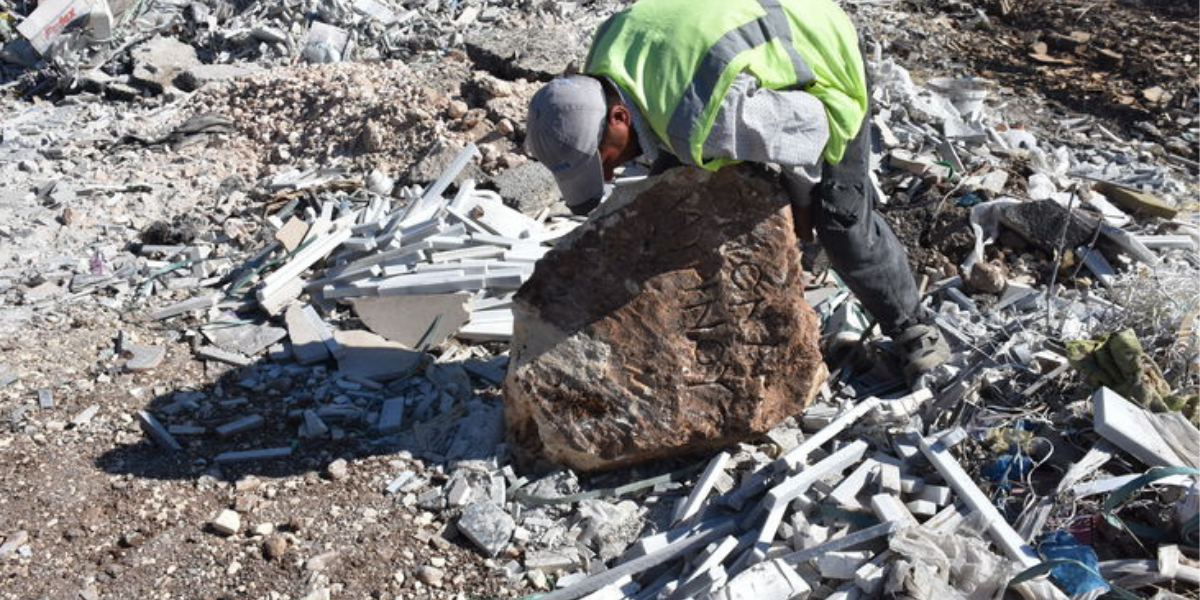
1800-year-old Roman border stone found during infrastructure works
During infrastructure renovation works in Adıyaman, a digger operator found a boundary stone marking a special area belonging to the Roman period. The boundary stone was determined to be 1800 years old. The Roman Empire used boundary stones to effectively manage its territory and define its borders. Boundary stones can be considered a highly developed
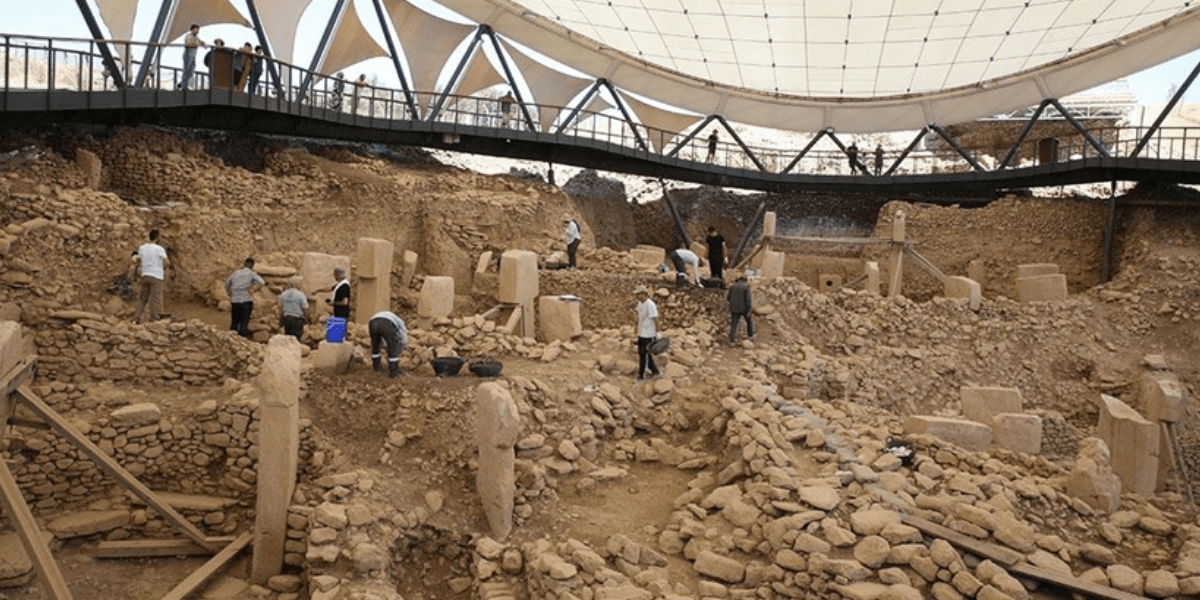
Excavations at Göbekli Tepe will continue until mid-October
The excavations in Göbekli Tepe, which deeply affected the history of humanity, will continue until October this year. Göbekli Tepe Excavation Head Prof. Dr. Necmi Karul said that one of their goals this season is to continue restoration work as in the past. Prof. Dr. Necmi Karul said, “Last year we completed the restoration of

19 historical artifacts smuggled abroad brought to Türkiye
Thousands of artifacts illegally smuggled out of Türkiye have been brought back thanks to the successful efforts of the Ministry of Culture and Tourism. The number of artifacts returned to Türkiye has reached 12,139 since 2002 and 7,823 since 2018. Finally, the Ministry of Culture and Tourism announced that 19 artifacts returned from the UK,

New season excavations in the ancient city of Satala begin
New season excavations begin in the ancient city of Satala, which dates back to the Bronze Age. Satala Ancient City is located in the Kelkit district of Gumushane in the Eastern Black Sea Region of Türkiye. Satala, which gathered Antioch, Cappadocia and Trabzon at a crossroads, was an important fortress in the defense of Rome,
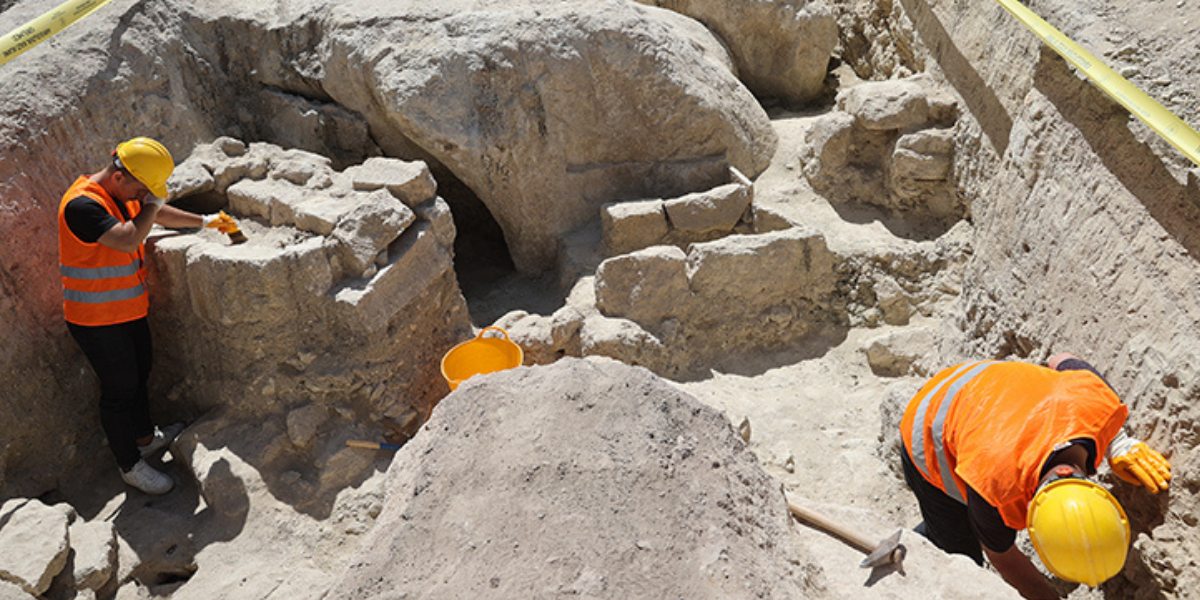
Unprecedented necropolis site found in Cappadocia
In Cappadocia, famous for its fairy chimneys, a necropolis area with a different type of grave that has never been seen before was unearthed. The necropolis area was found during excavations on the highway connecting Göreme to the town of Ortahisar, which was closed to transportation in 2022. The excavation project is a part of
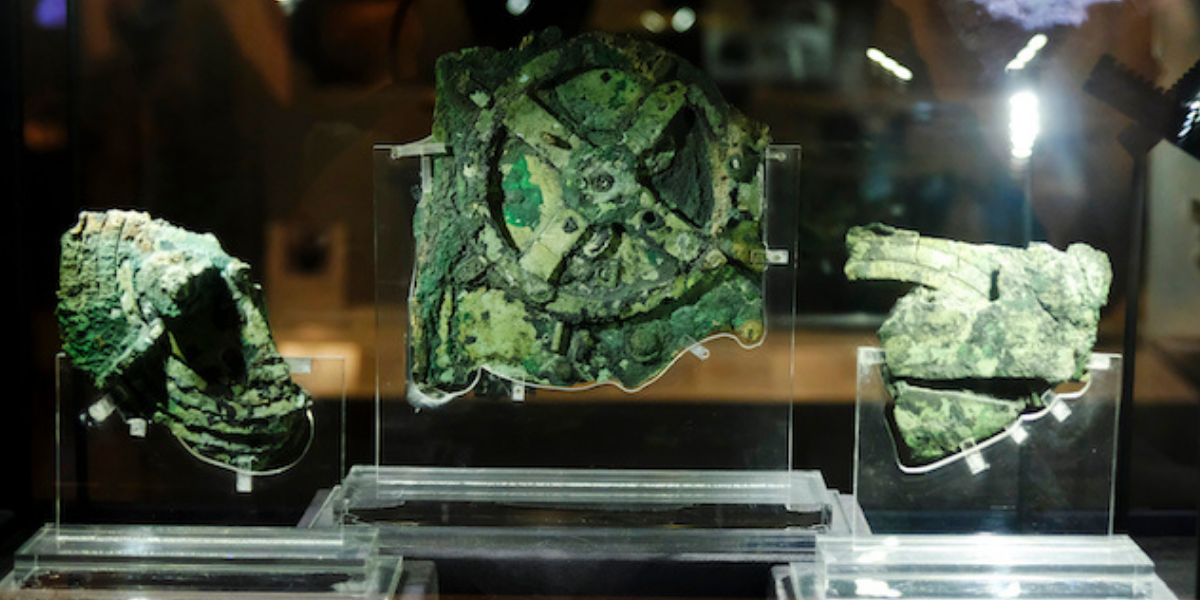
New study provides new evidence that the Antikythera mechanism was used to track the Greek lunar year
Astronomers from the University of Glasgow have found new evidence that one of the components of the Antikythera mechanism, the oldest known analog computer, was used to track the Greek lunar year. The researchers used statistical modeling techniques developed for analyzing gravitational waves to determine the possible number of holes in one of the broken

World’s oldest wine found in a Roman tomb in Spain
During excavations in a family mausoleum dating to the 1st century AD in the Carmona necropolis in Seville, they discovered a vase containing a reddish liquid. As a result of an archaeochemical study, experts identified this liquid as white wine. The wine inside the nearly 1900-year-old vase has become the world’s oldest wine preserved in
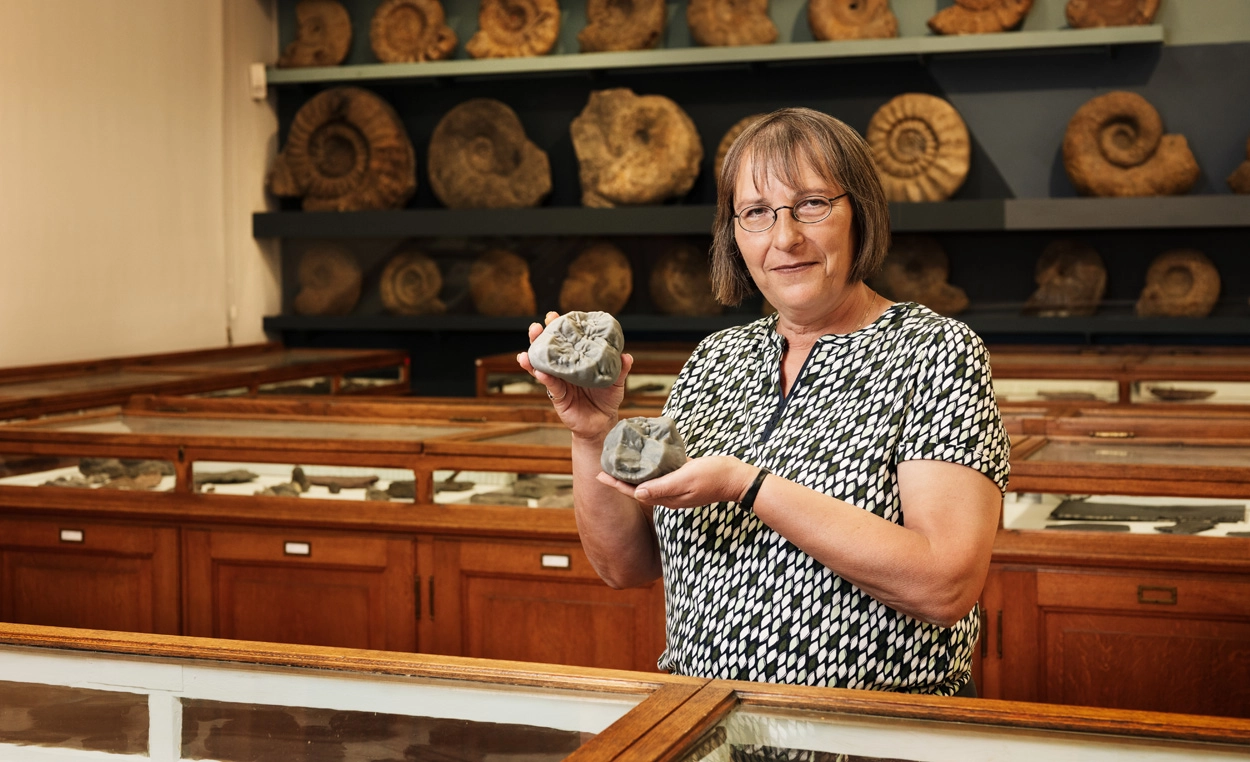
Scientists have discovered the smallest previously unknown monkey species in a clay quarry
An international research team has discovered the smallest previously unknown species of monkey during excavations in a clay quarry in Allgäu. The monkey was named Buronius manfredschmidi. Buronius manfredschmidi was found in the immediate vicinity of the great ape Danuvius guggenmosi “Udo” previously found in the same clay quarry. Danuvius was recorded as a species

Archaeologists discover submerged Roman structure on Italy’s west coast
An important submerged Roman building has been uncovered on the coastline of Campo di Mare on Italy’s west coast. The 50-meter-diameter circular Roman structure discovered underwater was connected to a Cipollino marble column with an Ionic capital in 2021. Initial investigations by experts suggest that the extent and complexity of the structure could be a

